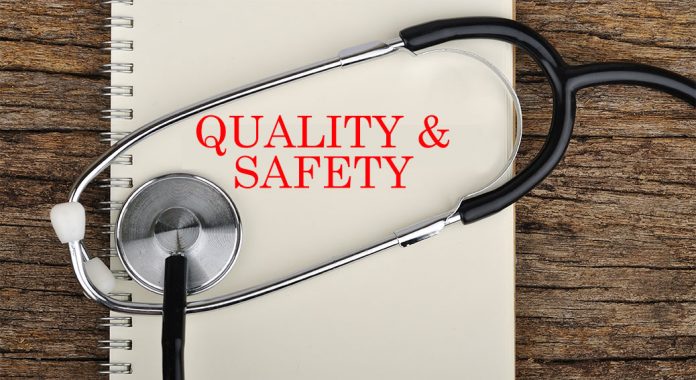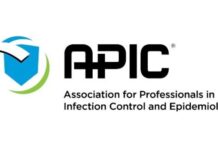
Data recently released by the Agency for Healthcare Research and Quality (AHRQ) shows continued progress in improving patient safety, a signal that initiatives led by the Centers for Medicare & Medicaid Services (CMS) are helping to make hospital stays safer. According to the report, approximately 8,000 lives and $2.9 billion have been saved between 2014 and 2016 because of improvements in preventing hospital-acquired conditions, such as adverse drug effects, injuries from falls and infections acquired while in the hospital.
CMS set a goal of reducing hospital-acquired conditions by 20 percent from 2014 through 2019. Through the work of the Hospital Improvement Innovation Networks (HIINs), CMS drives this goal through intensive, focused quality improvement assistance to more than 4,000 of the nation’s 5,000 hospitals by spreading best practices in harm reduction.
The HIINs, together with federal agencies, private partners and patient advocacy organizations, worked collaboratively to reduce hospital-acquired conditions by 17 percent from 2010 to 2014, saving $19.9 billion in health care costs and preventing 87,000 deaths. Preliminary data for 2017 are expected within the next year to determine if the reductions seen in 2014-2016 have continued.
The AHRQ National Scorecard on Hospital-Acquired Conditions estimates that 350,000 hospital-acquired conditions were avoided and the rate was reduced by 8 percent from 2014 to 2016. Federal experts note that the gains in safety among hospital patients echoed earlier successes, including 2.1 million hospital-acquired conditions avoided between 2010 and 2014.
Learn more by reading the press release issued by the Agency for Healthcare Research and Quality and information on CMS-led patient safety efforts.






